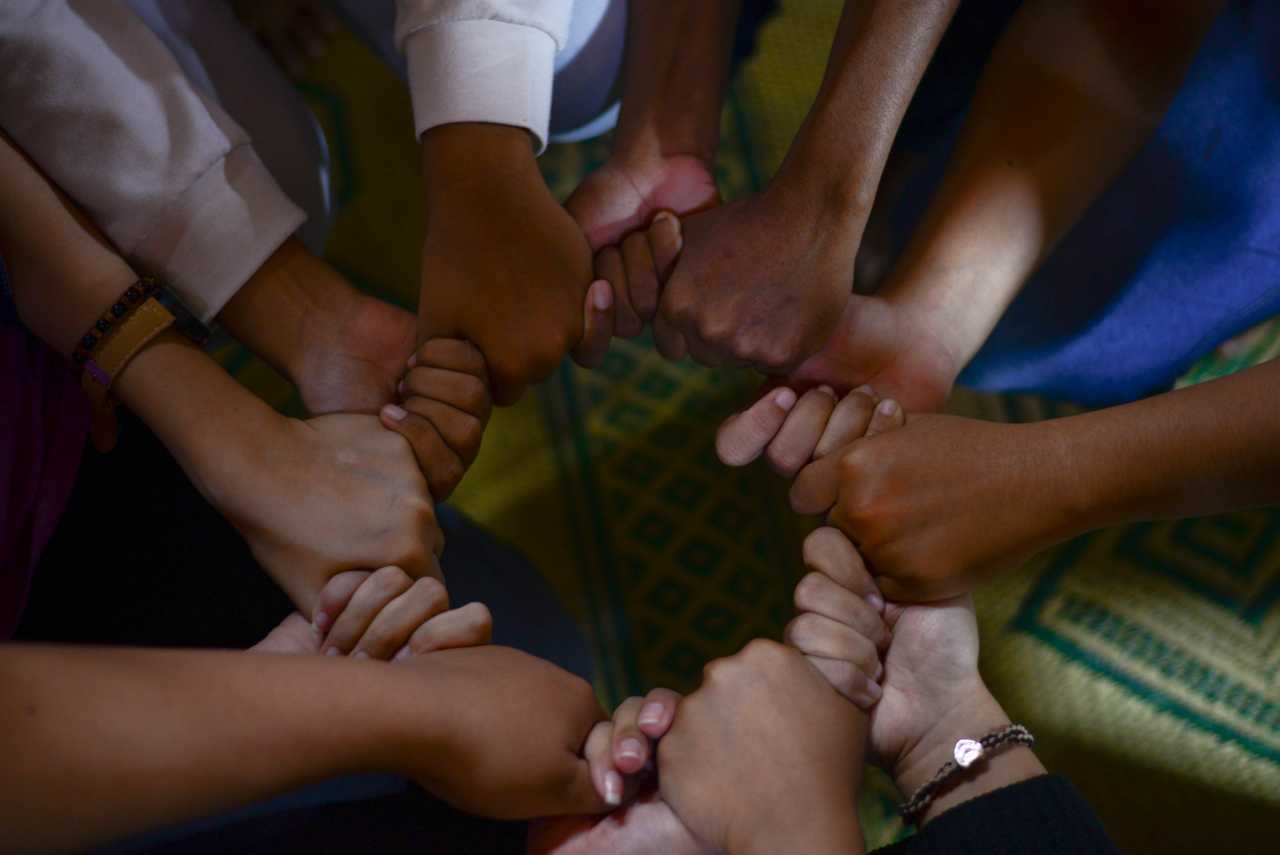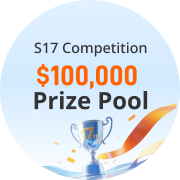
HANOI (Reuters) - Fifteen Asia-Pacific economies signed what could become the world’s largest free trade agreement on Sunday, covering nearly a third of the global population and about 30% of its global gross domestic product.
The Regional Comprehensive Economic Partnership (RCEP) will progressively lower tariffs and aims to counter protectionism, boost investment and allow freer movement of goods within the region.
RCEP includes China, Japan, South Korea, Australia, New Zealand and the 10 members of the Association of South East Asian Nations (ASEAN): Brunei, Vietnam, Laos, Cambodia, Thailand, Myanmar, Malaysia, Singapore, Indonesia and the Philippines.
India was involved in early discussions but opted out last year over concerns related to cheap Chinese imports.
Member states have said there is still room for India to join RCEP, however.
Anyone can join RCEP 18 months after it comes into force but India, as one of the original negotiating partners, can join at any time once the deal comes into effect.
RCEP was signed at the end of a four-day ASEAN summit in Hanoi on Sunday and must now be ratified before coming into effect, a process that will take months to start and years to complete.
Notably, RCEP marks the first time China, Japan and South Korea have been brought together under a single trade agreement - a process that has been otherwise marred by historical and diplomatic disputes.
Read more from the original article:
Tuyên bố miễn trừ trách nhiệm: Quan điểm được trình bày hoàn toàn là của tác giả và không đại diện cho quan điểm chính thức của Followme. Followme không chịu trách nhiệm về tính chính xác, đầy đủ hoặc độ tin cậy của thông tin được cung cấp và không chịu trách nhiệm cho bất kỳ hành động nào được thực hiện dựa trên nội dung, trừ khi được nêu rõ bằng văn bản.


Tải thất bại ()